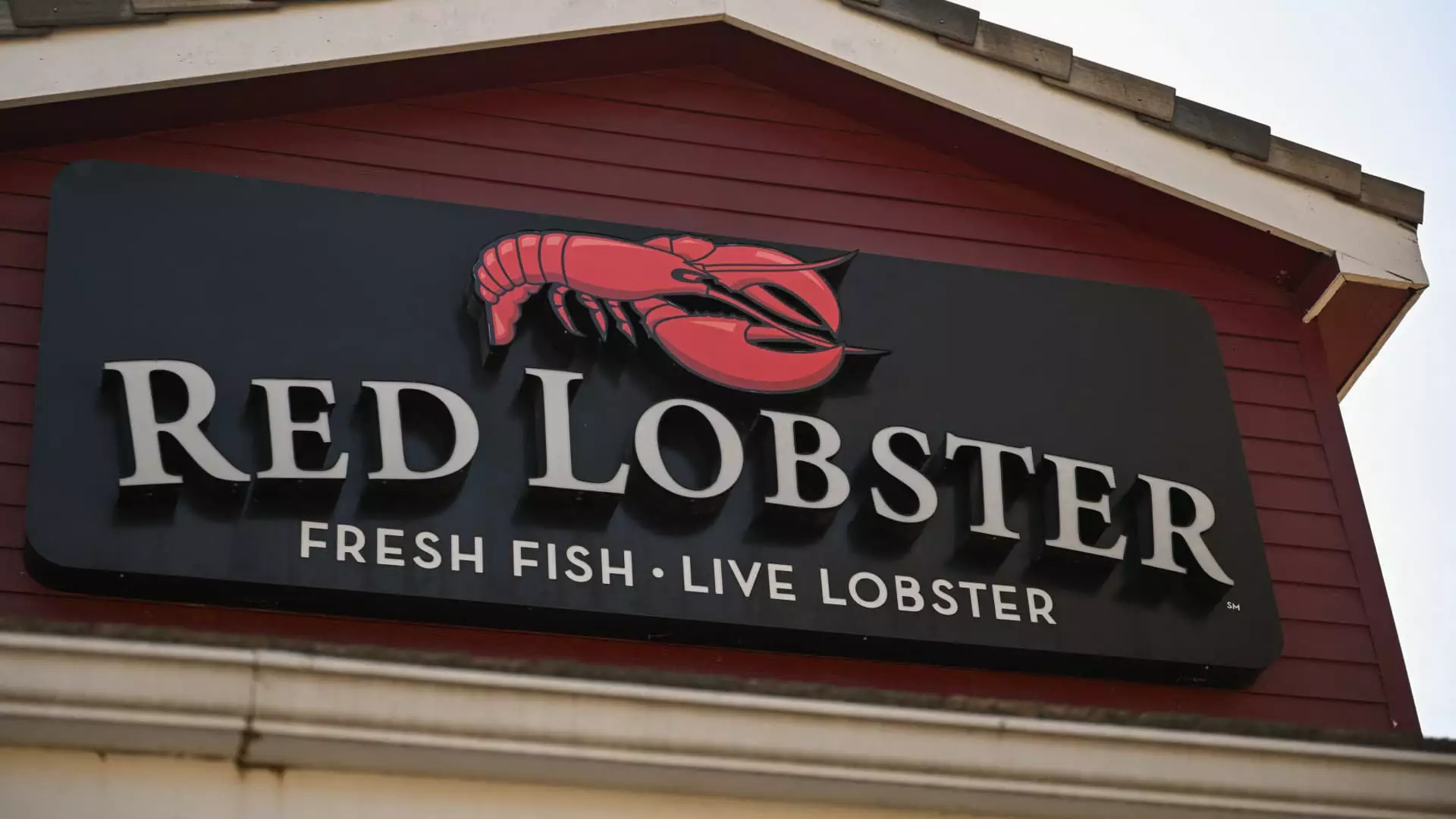The year 2024 has seen a significant surge in restaurant bankruptcy filings, reflecting a broader trend of corporate bankruptcies across various sectors. At least 10 restaurant chains have already filed for bankruptcy, not including multi-unit franchisees, with three Chapter 11 filings occurring in August alone. This increase in bankruptcies can be attributed to a combination of factors, including diners pulling back on their spending, rising labor costs, and the disappearance of Covid-era government assistance programs.
One notable example is BurgerFi, the parent company of Anthony’s Coal Fired Pizza & Wings, which expressed doubts about its continued operation in a mid-August regulatory filing. Moreover, Mod Pizza narrowly avoided bankruptcy through a last-minute sale, showcasing the precarious financial positions that many restaurant chains find themselves in.
Broader Economic Factors Driving Bankruptcies
Restaurants are not the only businesses seeking bankruptcy protection as high-interest rates continue to weigh on companies across industries. According to BankruptcyWatch, Chapter 11 filings have increased by 49% this year as of August 20. Companies like mall retailer Express, nursing home chain LaVie Care Centers, and Joann Fabrics and Crafts have also resorted to bankruptcy protection amidst challenging economic conditions.
Notable Restaurant Chains Filing for Bankruptcy in 2024
Several prominent restaurant chains have filed for bankruptcy in 2024, reflecting the industry’s widespread financial struggles. Roti, a Mediterranean fast-casual chain, filed for Chapter 11 bankruptcy protection in August, citing challenges stemming from the Covid-19 pandemic and declining consumer spending. Despite efforts to secure new investors, Roti’s financial difficulties ultimately led to insolvency.
Buca di Beppo, an Italian American chain, declared bankruptcy in August due to rising costs and labor challenges. The Tavern chain World of Beer also filed for bankruptcy protection, attributing its financial troubles to high-interest rates, inflation, and changing consumer preferences.
In June, Rubio’s Restaurants, known for its fish tacos, sought Chapter 11 protection as rising costs and operational challenges strained its business. Similarly, the Cleveland-based grilled cheese chain faced financial struggles and turned to bankruptcy to salvage the business. Kuma Holdings, the parent company of Kuma’s Corner, and seafood giant Red Lobster also filed for bankruptcy protection in June and May, respectively.
Additionally, Tijuana Flats and Sticky’s Finger Joint both underwent bankruptcy restructurings in April due to various financial pressures. The Portland ramen chain’s abrupt closure in February further highlights the industry-wide challenges faced by restaurant businesses in 2024.
As the restaurant industry grapples with unprecedented challenges, the surge in bankruptcy filings underscores the urgent need for financial support and strategic restructuring. Diners’ changing habits, rising costs, and economic headwinds have created a volatile environment for restaurant chains, necessitating proactive measures to ensure their long-term viability. Moving forward, industry stakeholders must collaborate to navigate these turbulent times and implement innovative solutions to sustainably rebuild the restaurant sector.

